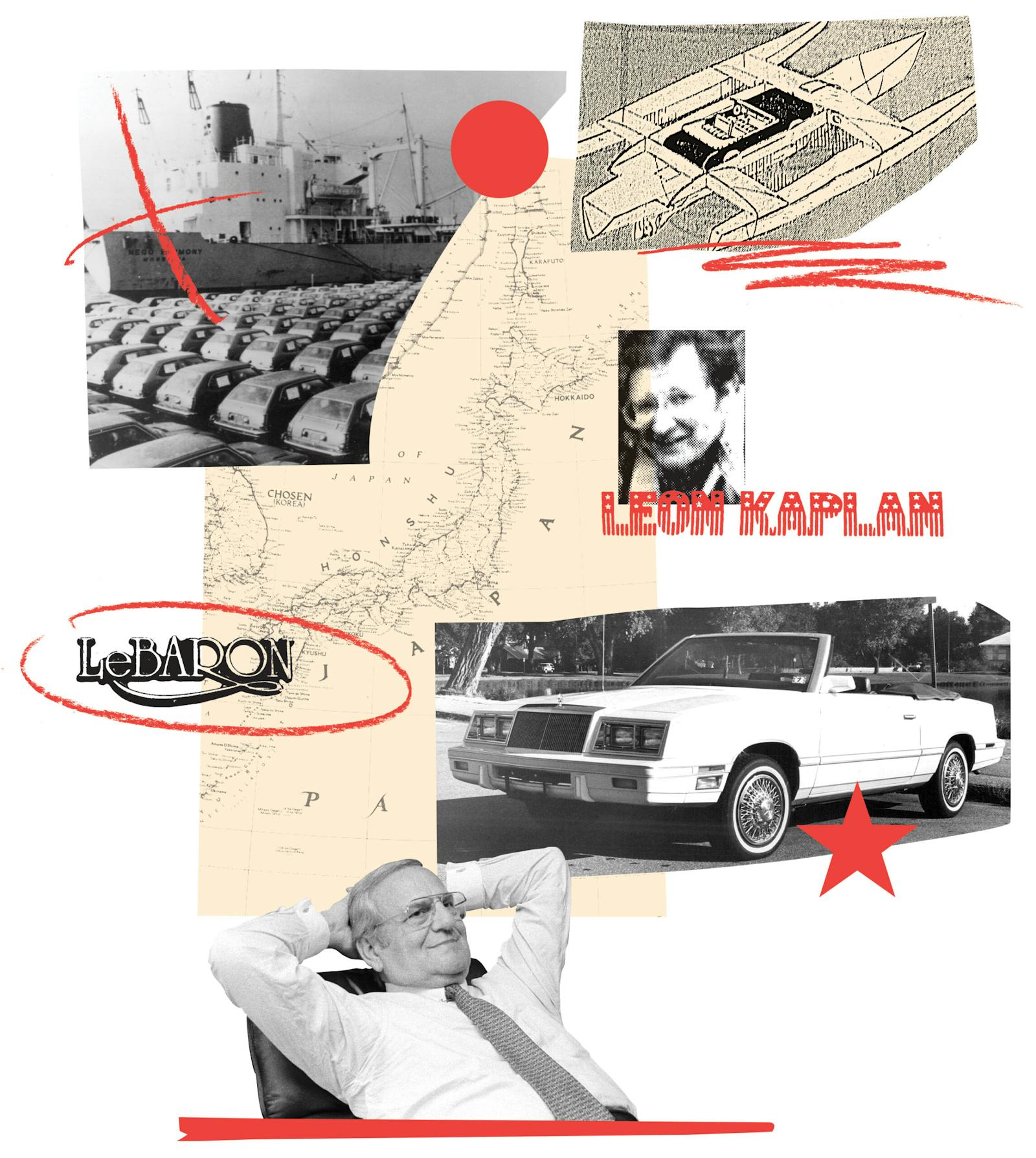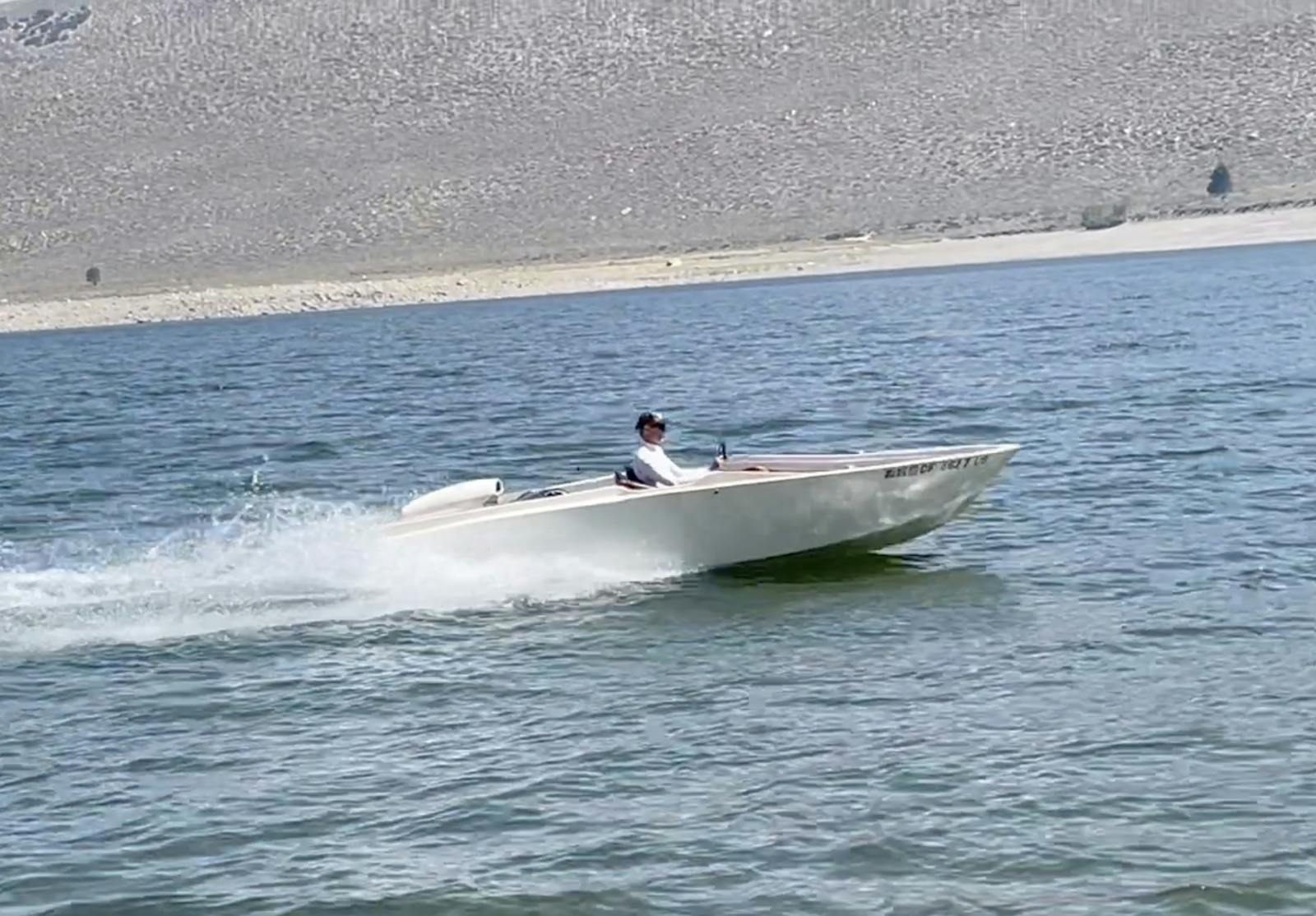Media | Articles
The Yellow Coronado
When you find a classic boat with 68 original hours, you buy it. Never mind the color. Among our favorite experiences over 40 years of vintage boating are those hunting, finding, and buying interesting boats. Years later, we recall most with a smile, some with a chuckle, very few with a frown. The Yellow Coronado’s story is particularly close to my heart.
My father and I decided that a fiberglass Coronado would be next in a long line of “perfect boats” for our home in northern Wisconsin. I was on the hunt. As a confirmed Century geek, I’m always searching for interesting, rare, and special Century boats. Part of the hunt, the old-school component, is to rip open the Century Club Newsletter the moment it arrives in the mail, and scour the classifieds.
Back in January 2004, after tearing into a freshly-delivered Newsletter, I discovered an ad for a 1973 Century Coronado listed as, “all original, many options, low hours.” The cynic in me immediately translated: All original meant ratty, many options equaled ugly bolt-ons, and low hours. For a taxi cab. I called anyway.
For once, it was the real deal. A restaurant owner in Colorado bought it new, drove to Manistee, Mich., to pick it up and bring it home. Hardtop, Crusader 454, trim tabs, mufflers, air horn on the deck, docking lights, Iva-lite spotlight, factory aft curtain of automotive convertible top material, eight-track tape player with four speakers, and Ray-Jeff fish finder. And it all sat on the original, factory Century tandem-axle trailer. Best of all, 68 original hours. That’s right: 68, not 680, but 68 original hours.
The restaurant owner was a lovely gentleman, and explained he really wanted a Coronado, so ordered one up special. Just the way he wanted it. All the options were listed out on the original invoice. The story, and there’s always a story, was that he bought it, kept it in a slip for two seasons, and found he was far too busy running his successful restaurant to use the boat. Still, it was something he really wanted, so he kept it in his storage building for the next thirty years. Finally, he decided to sell.
Marketplace
Buy and sell classics with confidence
We want to be captivated by “the story.” That’s part of the magic of collecting. This seemed to be a particularly good story, and the earnest nature of the owner’s telling led to an immediate Fed-Ex-ed deposit. Only one thing turned me off: the boat’s color. But, if there was any doubt, reread this article’s first two sentences.
Century built its boats in a standard color scheme for each model each year. Coronados built in 1973 were yellow, with brown trim, “walnut” (a particularly fetching dark brown) upholstery material, which delivers a nasty burn to unsuspecting posterior parts after it’s been exposed to sunlight, gold upholstered ceilings, and brown astro-turf carpet. Everything was exactly as represented. The brown carpet was a little damaged behind the hardtop, where it was exposed to sunlight; otherwise, it was time-capsule perfect.
As time passes, what’s cool to collect gets newer. And typically, people collect something important from their past: a fantasy or memory. Fiberglass boats are becoming an increasingly important part of the collector equation. Where fiberglass boats are concerned, whatever value they will ultimately represent will be concentrated among the really original, clean, shiny-bottom, un-molested gelcoat examples. If you’re lucky enough to find one, buy it—no matter what the color!
Editor’s note: The author, David Bortner, is “captain” at Freedom Boat Service.


